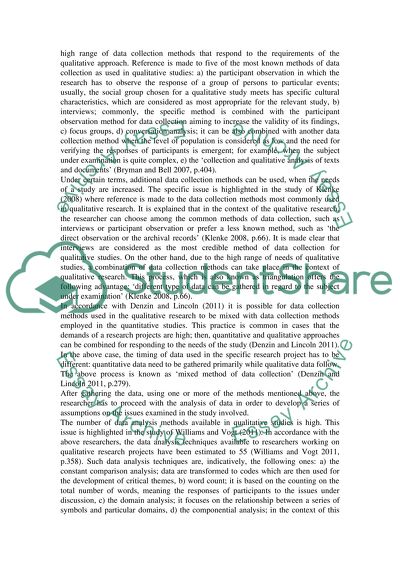Cite this document
(“Research methods Essay Example | Topics and Well Written Essays - 1500 words”, n.d.)
Retrieved from https://studentshare.org/other/1393069-research-methods
Retrieved from https://studentshare.org/other/1393069-research-methods
(Research Methods Essay Example | Topics and Well Written Essays - 1500 Words)
https://studentshare.org/other/1393069-research-methods.
https://studentshare.org/other/1393069-research-methods.
“Research Methods Essay Example | Topics and Well Written Essays - 1500 Words”, n.d. https://studentshare.org/other/1393069-research-methods.


